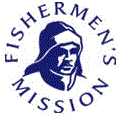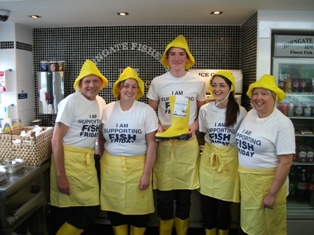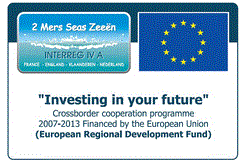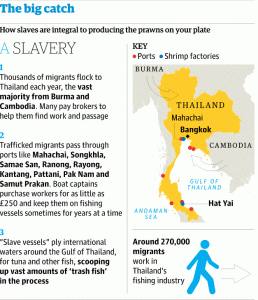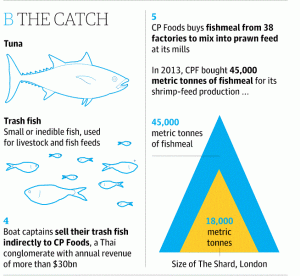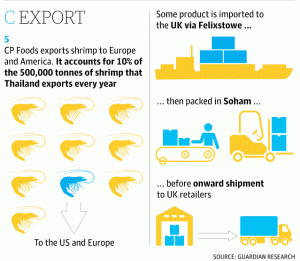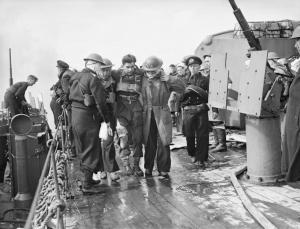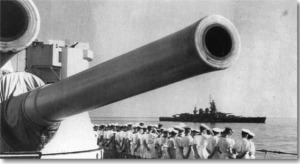Dr Vanessa Taylor and Prof. Sarah Palmer of the Greenwich Maritime Institute where recently part of the project ‘Running the River Thames: London, Stakeholders and the Environmental Governance of the River Thames, 1960-2010’ which was funded by the Economic and Social Research Council. The project ran from August 2011 to July 2013.
The objectives of the project were:
- To trace changing forms of public participation and political legitimacy in the environmental governance of the River Thames since 1960
- To assess the impacts of the shift to river-basin management on the political and economic dominance of London, on opportunities for participation along the river, and on the status of urban governance
- To examine the political role of communities in the lower Thames region in the light of the concentration of the port downstream and rising environmental concerns up to 1992
- To provide an historically informed assessment of the implications for environmental citizenship of the current emphasis on stakeholder consultation and of the rising importance of technical expertise as a basis for legitimacy
- To clarify the changing governance structure of the river and indicate key archive resources for the river’s environment, governance bodies and interest groups since 1960
From the project, one of the outcomes of the Thames project was to provide a public resource for anyone interested in finding out more about the environment of the river and its history. Some sections of this website reflect the project’s focus on the past fifty years, but several sections also consider the period since the mid nineteenth century.
Features of the research guide
- Timeline for the environmental governance of the River Thames since the 1850s
- Maps (current and historical) for the River, River Basin and Port of London
- Overview of River Functions
- Who runs the Thames? Snapshots of Governance for 1960, 1965, 1974, 1990, 2013
- Statutory organisations for the Thames river and Thames region
- Voluntary and stakeholder organisations for the Thames river and Thames region
- Historical Sources for the river, including a guide to archives in the Thames region
- Bibliography (documents and academic sources for the Thames)
- Thames on Film: links to films on the river, available online and in archives
- Information on the Running the River Thames Project
View more information on Running the River Thames project.


